Community Fruit Rescue helps reduce waste and get healthy food to people in need.
02 Sep 2022
Harvest Helpers
By Janine Frank
Last fall, Boulder County experienced a bumper crop of fruit, a true bonanza that overflowed bushel baskets everywhere. Instead of leaving all those apples to rot, Community Fruit Rescue stepped in.
The nonprofit organization has been helping Boulder County property owners reduce food waste, protect wildlife and get edible food to those in need since 2014. They work mostly with apples but also harvest plums, pears and peaches.
“We recover fruit that would otherwise be sent to the compost facility or landfill, or that would attract bears and other wildlife,” says Blair Norman, president and interim executive director.
Since Community Fruit Rescue’s inception, harvest volunteers have rescued more than 70,000 pounds of fruit.
In the Boulder area, homeowners can contact Community Fruit Rescue to register their fruit trees and request help harvesting their yield as needed, typically August through November. “We organize community harvests with volunteers in a fun and collaborative atmosphere,” Norman says.
After volunteers gather the fruit, it’s delivered to one of 41 local businesses and organizations, including BOCO Cider in Boulder, Shamane’s Bakery in Boulder and Brad B Jammin’ in Littleton, where it’s incorporated into jams, syrups, baked goods and beverages. The harvests are also directed to Community Food Share in Louisville to be distributed to people who need it.
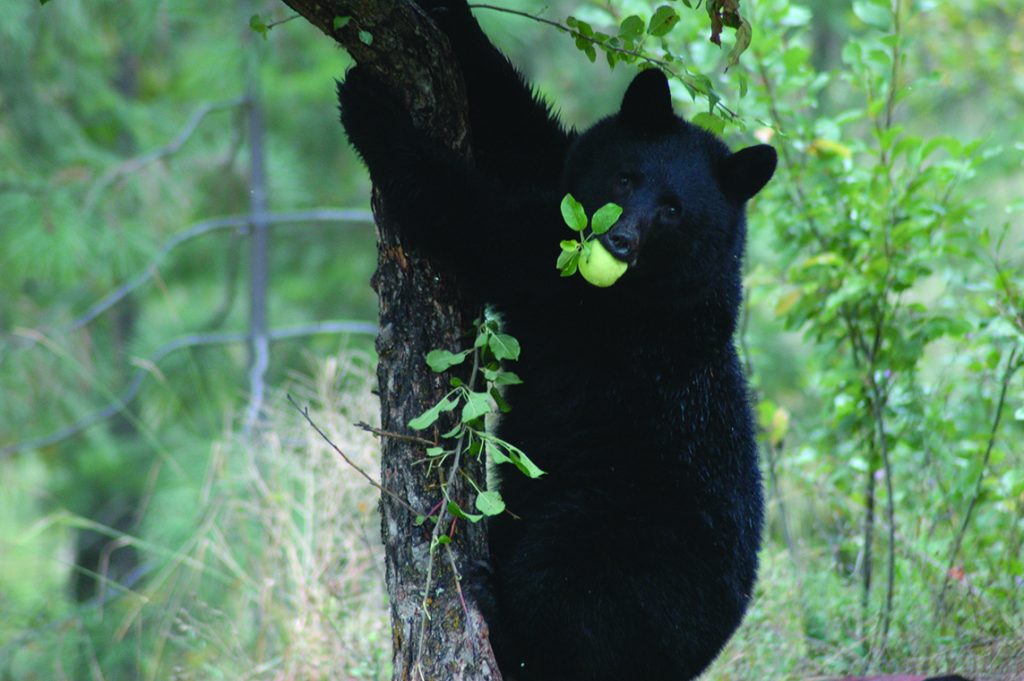
Foraging also helps local wildlife populations by removing fallen fruit that would attract animals to cities, potentially placing them in dangerous situations. This year, the organization is starting a black bear coexistence program with a grant from Colorado Parks and Wildlife in an effort to keep bears in their natural habitats instead of foraging in town.
“With this funding, Community Fruit Rescue will create a Bear Conflict Harvest Team that responds quickly to homes with recent and ongoing bear activity to remove all the fruit that’s drawing bears into the area,” Norman explains.
The group also plans to implement a DIY harvest program in which residents can rent harvesting equipment to use on their property. Norman expects this initiative to greatly increase the amount of fruit that is recovered.
If you’re interested in becoming a harvest volunteer or getting help with your fruit crop, you can learn more at fruitrescue.org.
Store It
Follow these tips to lengthen your fruit’s shelf life and get maximum nutrition out of your bumper crop.
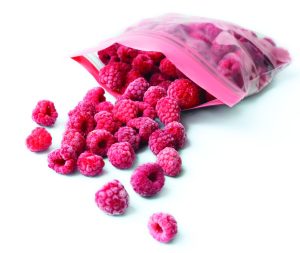
Freezing
Peel and remove seeds and pits, and cut into chunks or slices if necessary. Arrange on a tray lined with parchment paper and place in freezer. Once frozen, transfer to bags or jars and keep in freezer for up to a year.

Countertop
Stone fruits (peaches, plums, nectarines), avocados, mangoes, bananas and melons should be left on the counter to ripen. Refrigeration is recommended once ripe.

Refrigeration
Apples, berries and grapes should be refrigerated in bags with small vents in a crisper drawer. Shelf life is one week to two months, depending on the type of fruit.
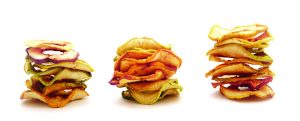
Dehydration
Dry fruit in a low oven (200° F or lower) or a food dehydrator and store in airtight containers for up to a year.
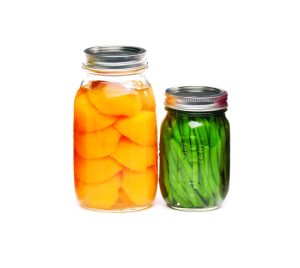
Canning/Jarring
This multi-step process can preserve fruits and vegetables for up to five years. Be sure to follow USDA-approved processes for safe canning.
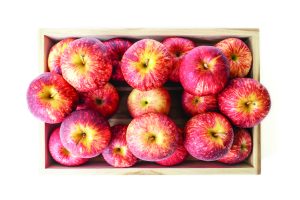
Root Cellar or Dark Cupboard
Fresh apples can last up to six months when stored in a cool, dry space away from sunlight.












